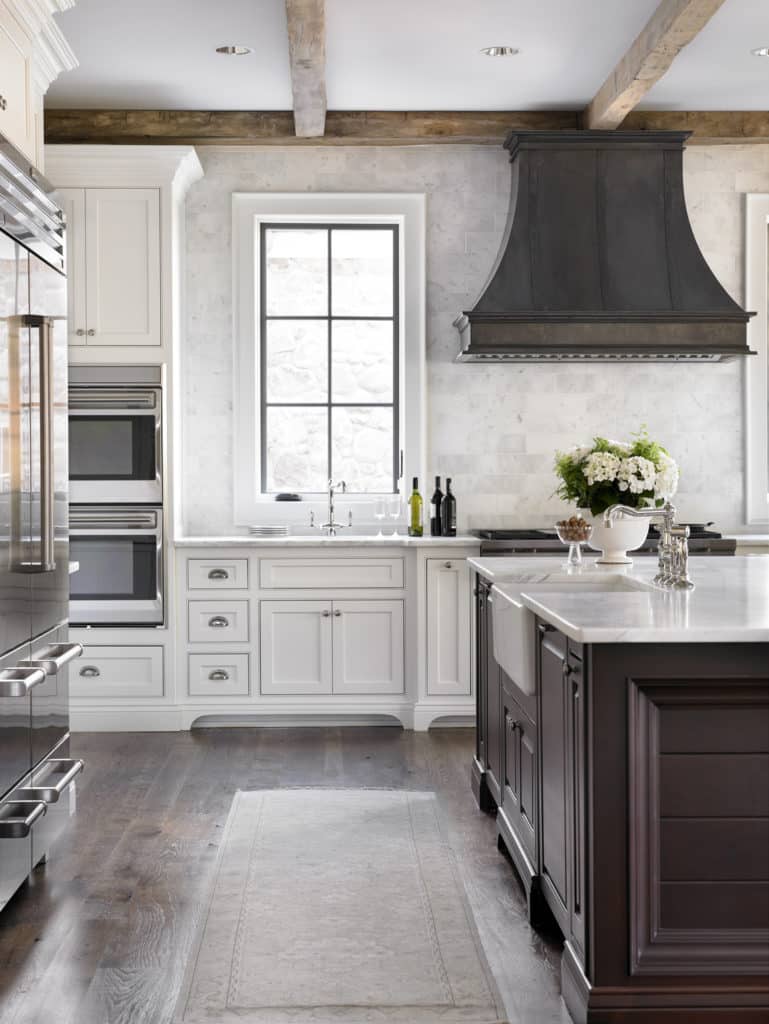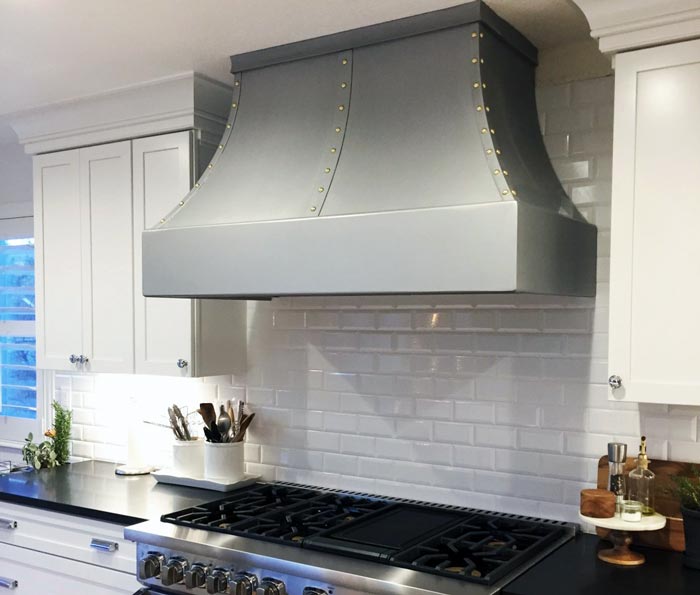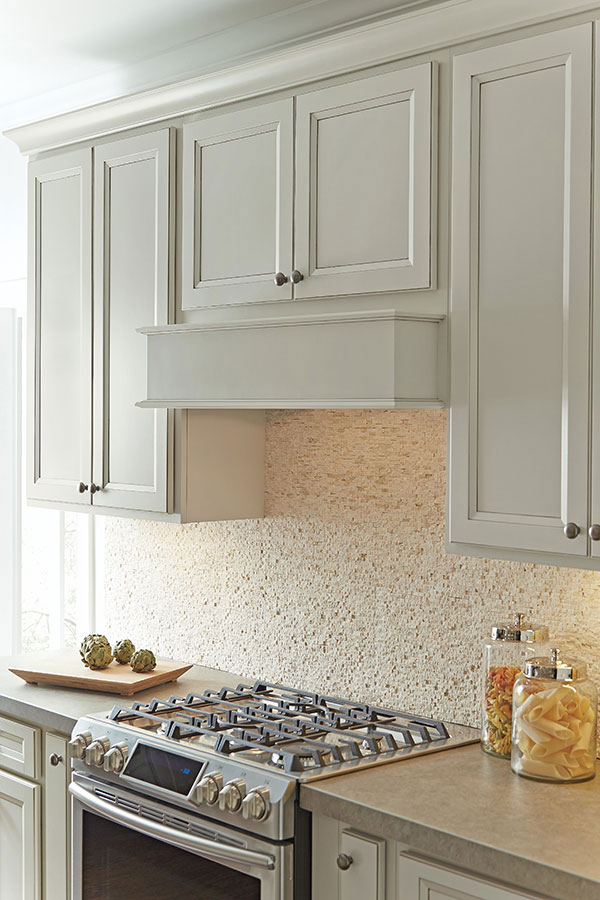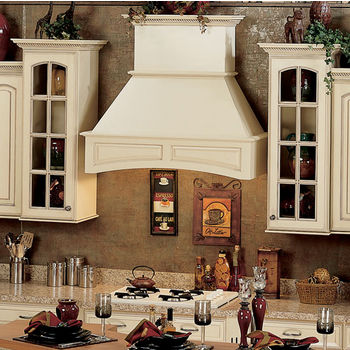Decorative exhaust hoods are more than just functional elements in the kitchen; they’re a statement piece that can elevate the overall design of your culinary space. With a plethora of styles, materials, and finishes, these hoods not only keep your kitchen free from smoke and odors but also add an aesthetic charm that reflects your personal taste. In this article, we will delve deep into the world of decorative exhaust hoods, drawing from personal experiences and offering professional insights to help you make an informed choice.
What is a Decorative Exhaust Hood?
A decorative exhaust hood is a kitchen appliance designed to capture cooking smoke, steam, and odors while enhancing the visual appeal of your kitchen. Unlike standard hoods that prioritize functionality, decorative hoods are crafted to complement your kitchen’s décor, serving as a focal point.
Types of Decorative Exhaust Hoods
- Wall-Mounted Range Hoods
- Under-Cabinet Hoods
- Island Hoods
- Downdraft Hoods
- Custom-Built Hoods
Wall-Mounted Range Hoods
Wall-mounted hoods are installed directly onto the wall above your cooking area. They are typically more prominent and come in various styles — from modern stainless steel to rustic wood finishes.
Under-Cabinet Hoods
As the name suggests, under-cabinet hoods are installed beneath cabinets. They are perfect for smaller kitchens where space is at a premium, providing a sleek look without sacrificing performance.

Island Hoods
Island hoods are a bold choice for kitchens with a central island. These hoods hang above the cooking area, making them a striking design element that often features elaborate designs.
Downdraft Hoods
Downdraft hoods rise from behind the cooktop, offering a unique space-saving solution. They can be retracted when not in use, giving you a clear line of sight across your kitchen.

Custom-Built Hoods
If you have a specific design in mind, custom-built hoods allow you to create a unique piece that matches your kitchen perfectly. This option often involves collaborating with a designer or manufacturer.
The Importance of Choosing the Right Material
The material of your decorative exhaust hood plays a significant role in both functionality and aesthetics. Here are some popular options:

Common Materials Used in Decorative Exhaust Hoods
- Stainless Steel
- Wood
- Glass
- Copper
- Stone
Stainless Steel
Stainless steel is a popular choice due to its durability and modern appearance. It’s easy to clean and resistant to stains and corrosion, making it a practical choice for busy kitchens.

Wood
Wooden hoods bring warmth and texture to a kitchen. They can be stained or painted to match your cabinetry, adding a cozy, inviting atmosphere. However, wood may require more maintenance to prevent damage from heat and humidity.
Glass
Glass hoods offer a contemporary look, with sleek designs that can make a kitchen feel more open. They are also easy to clean, but they may be less durable than other materials.

Copper
Copper hoods are striking and can add a touch of luxury to any kitchen. They develop a unique patina over time, enhancing their character. However, they may require regular polishing to maintain their shine.
Stone
Stone hoods are a more unique option, providing a rustic or natural look. They are heavy and may require professional installation, but they are incredibly durable.

Comparing Decorative Exhaust Hoods: A Quick Guide
| Material | Durability | Maintenance | Aesthetic Appeal | Cost |
|---|---|---|---|---|
| Stainless Steel | High | Low | Modern | Medium |
| Wood | Medium | High | Warm/Rustic | High |
| Glass | Medium | Low | Contemporary | Medium |
| Copper | Medium | Medium | Luxurious | High |
| Stone | Very High | Medium | Natural/Rustic | Very High |
Key Factors to Consider When Choosing a Decorative Exhaust Hood
- Size: Ensure the hood is appropriately sized for your cooktop.
- Noise Level: Look for models with adjustable fan speeds to control noise.
- CFM Rating: The higher the CFM (cubic feet per minute), the more air it can move.
- Style: Choose a style that complements your kitchen’s design theme.
- Energy Efficiency: Consider hoods with Energy Star ratings for energy savings.

Installation Tips for Your Decorative Exhaust Hood
Installing a decorative exhaust hood can be a DIY project or a job for a professional, depending on your skills and the complexity of the installation. Here are some tips based on my own experiences:
Preparation Steps
- Choose the Right Height: Ideally, the bottom of the hood should be 24-30 inches above the cooktop.
- Check Local Codes: Make sure to follow building codes and regulations.
- Gather Supplies: Ensure you have all necessary tools and materials before starting.
Installation Process
Follow these general steps for installation:
- Shut off power to the kitchen area.
- Mount the bracket to the wall or ceiling as instructed in the manual.
- Connect the ductwork or ventilation system according to the specifications.
- Secure the exhaust hood to the mounting bracket.
- Restore power and test the unit for proper operation.
Hiring a Professional
If you’re uncomfortable with electrical work or duct installation, hiring a professional is a wise choice. It ensures the job is done safely and efficiently.
Pros and Cons of Decorative Exhaust Hoods
Pros
- Enhances kitchen design and aesthetics
- Improves air quality by eliminating smoke and odors
- Available in a variety of styles and materials
- Can increase home value
Cons
- Can be expensive, especially custom options
- May require regular maintenance
- Installation can be complicated for some models
Decorative Exhaust Hood Maintenance Tips
Proper maintenance will ensure your decorative exhaust hood remains both functional and beautiful:
- Regular Cleaning: Clean the filters and exterior regularly to prevent grease buildup.
- Check the Ducts: Inspect ducts periodically for blockages or build-up.
- Test the Fan: Ensure the fan is working effectively and quietly.
FAQs About Decorative Exhaust Hoods
1. What is the best size for a decorative exhaust hood?
The hood should be at least as wide as your cooktop for optimal performance, but it can be wider for better air capture.
2. How do I clean my decorative exhaust hood?
You can use warm soapy water and a soft cloth for stainless steel hoods, while wood hoods may require specialized cleaners to maintain their finish.
3. Are decorative exhaust hoods energy-efficient?
Many modern decorative hoods are designed to be energy-efficient, especially those with Energy Star ratings. Always check the specifications before purchasing.
4. Can I install a decorative exhaust hood myself?
It depends on your level of comfort with electrical and ductwork installation. If unsure, it’s best to hire a professional.
5. How do I choose the right style for my kitchen?
Consider the overall design theme of your kitchen and choose a hood that complements it, whether it’s modern, rustic, or traditional.
Conclusion
Investing in a decorative exhaust hood can transform your kitchen into a stylish and functional space that you will love spending time in. With various styles and materials to choose from, you can select a hood that suits your culinary needs while also reflecting your personal taste. Remember to consider factors such as size, material, and maintenance to ensure your new hood serves you well for years to come. Happy cooking!